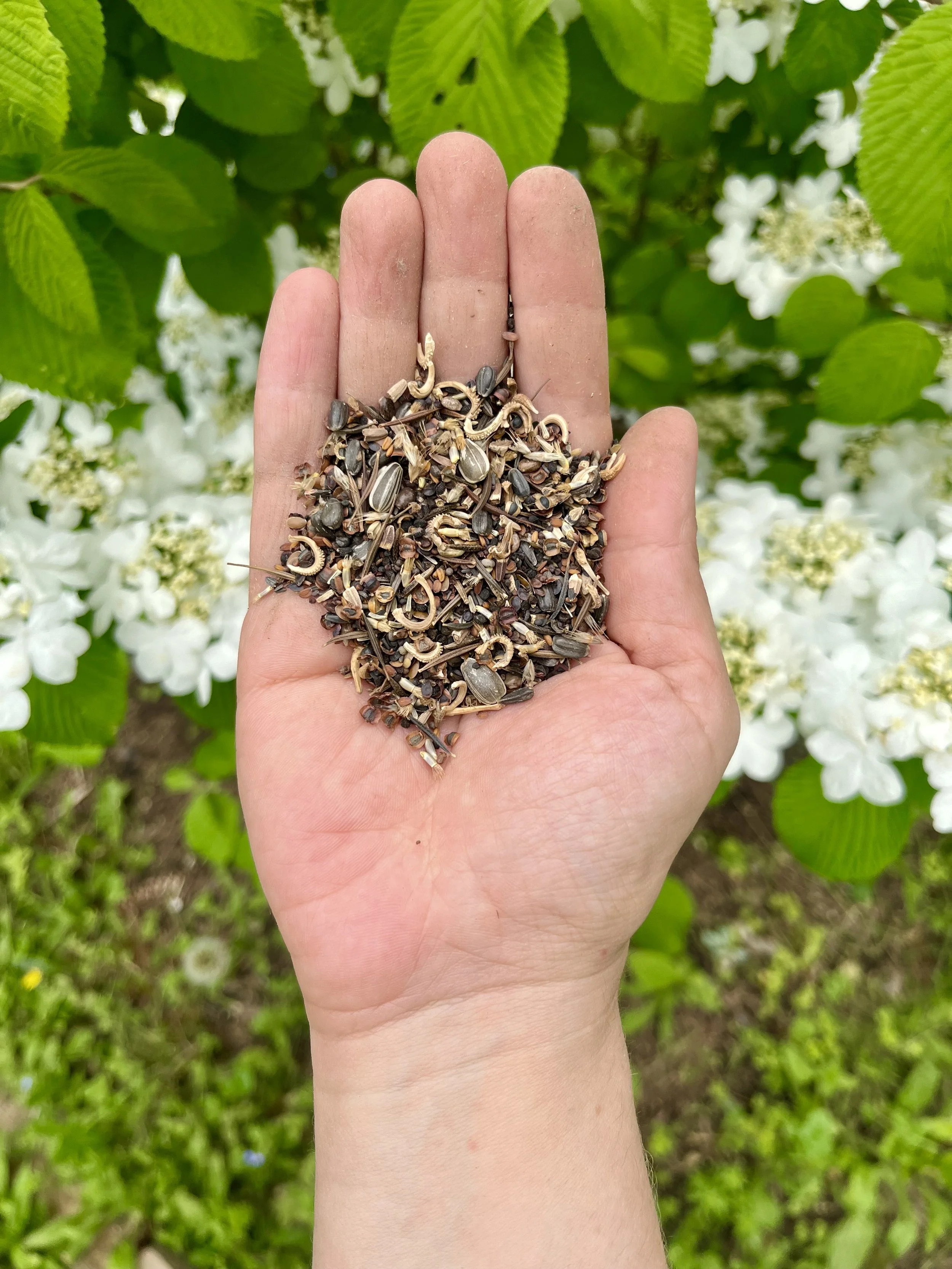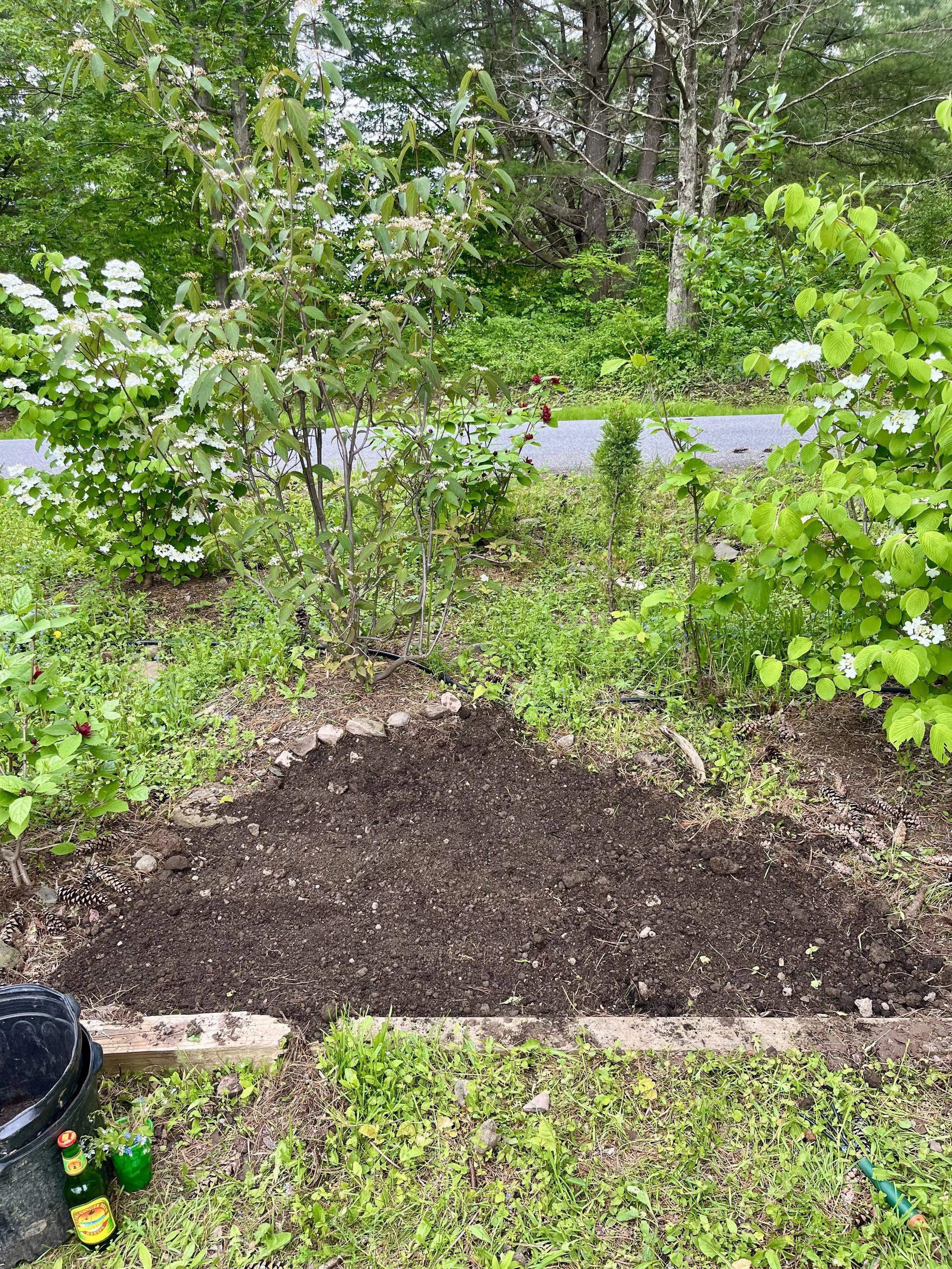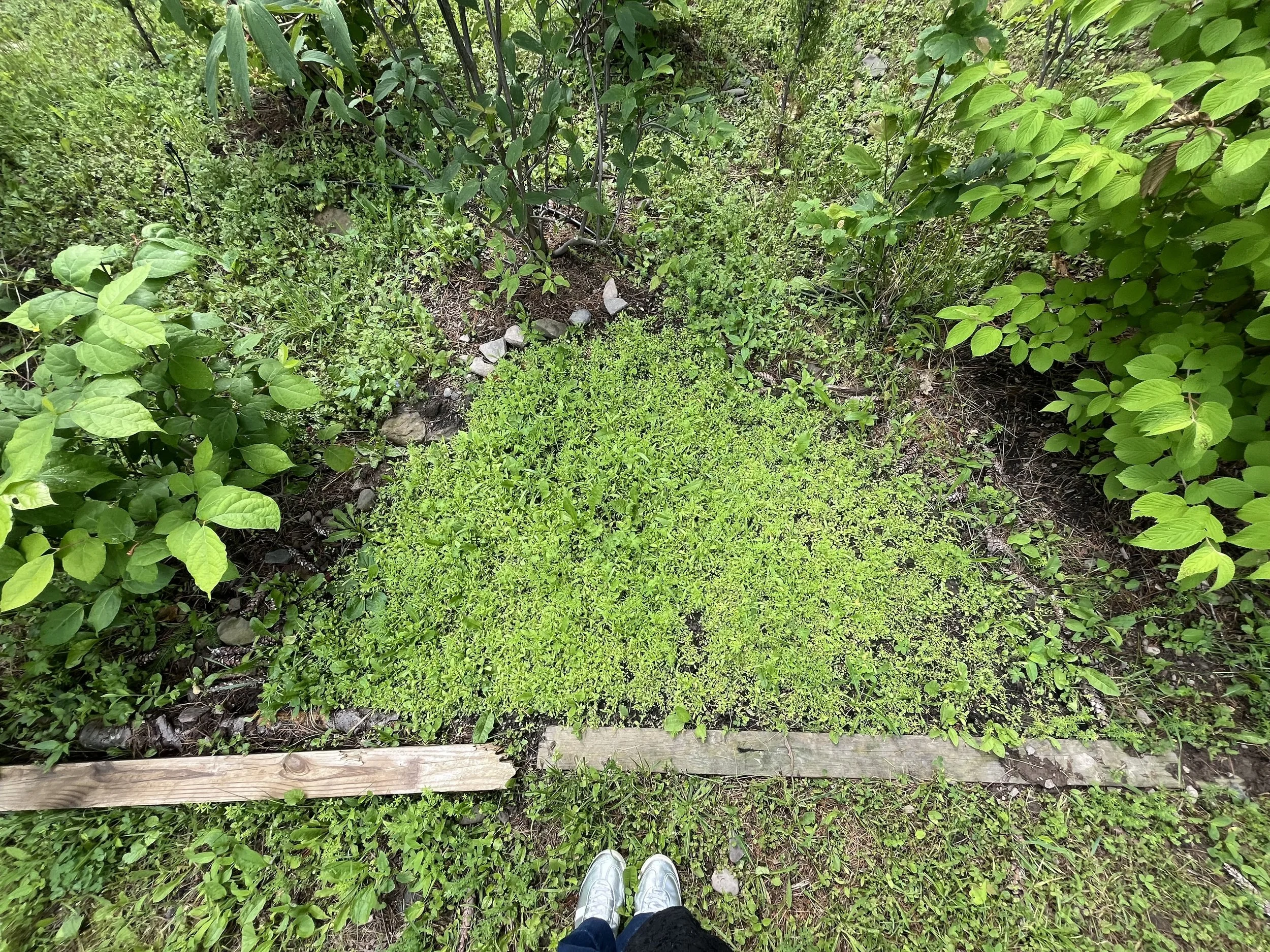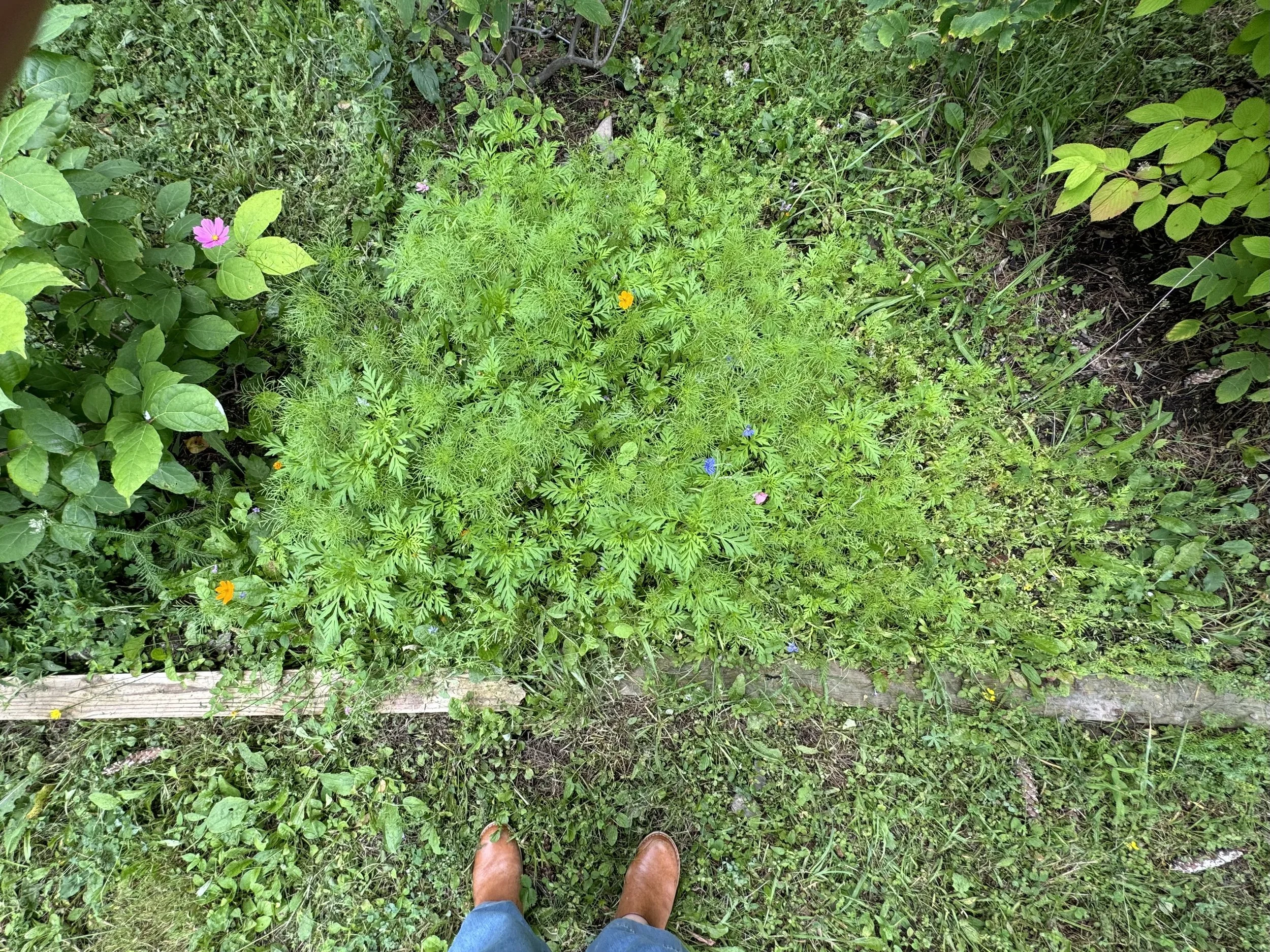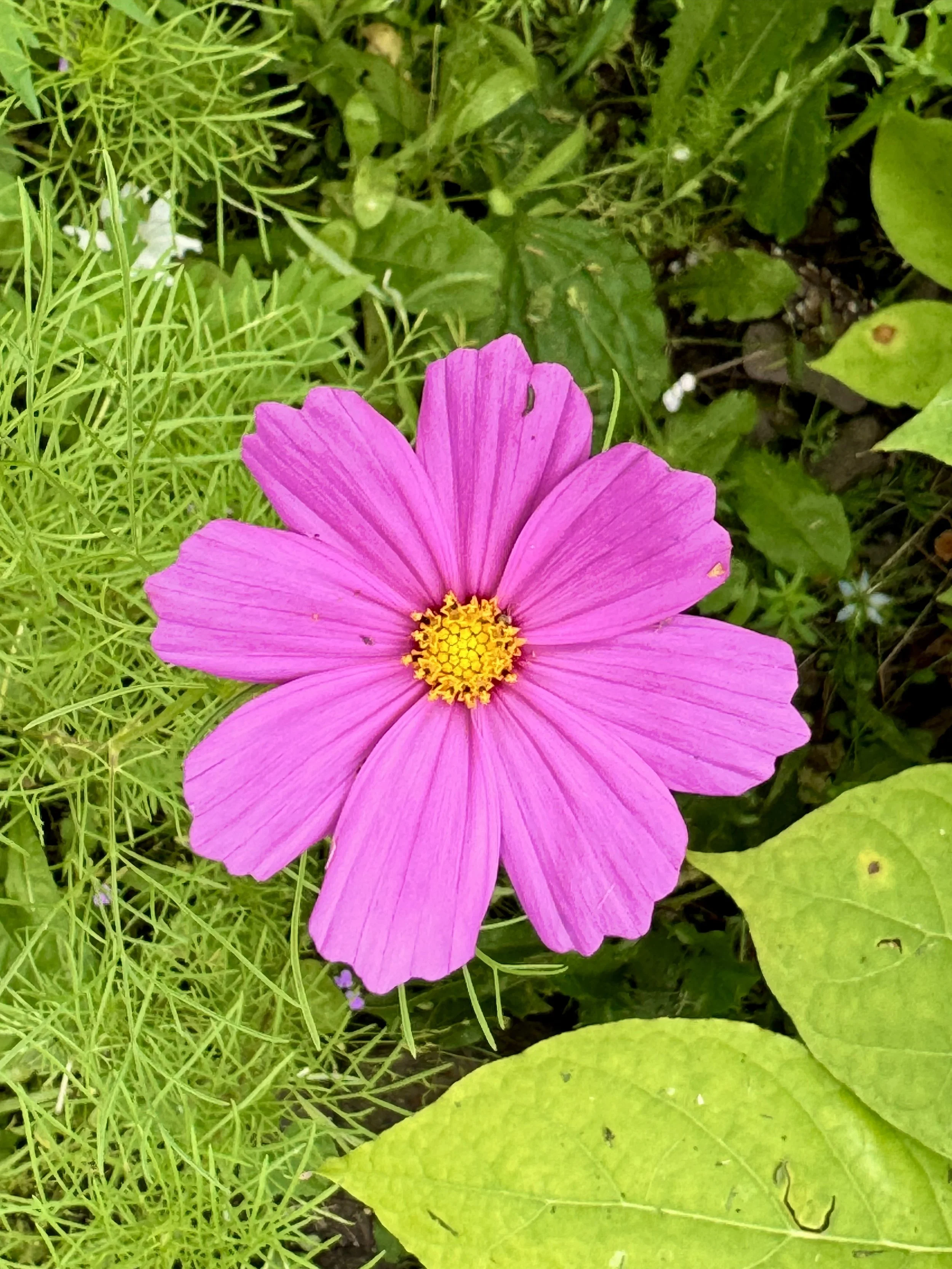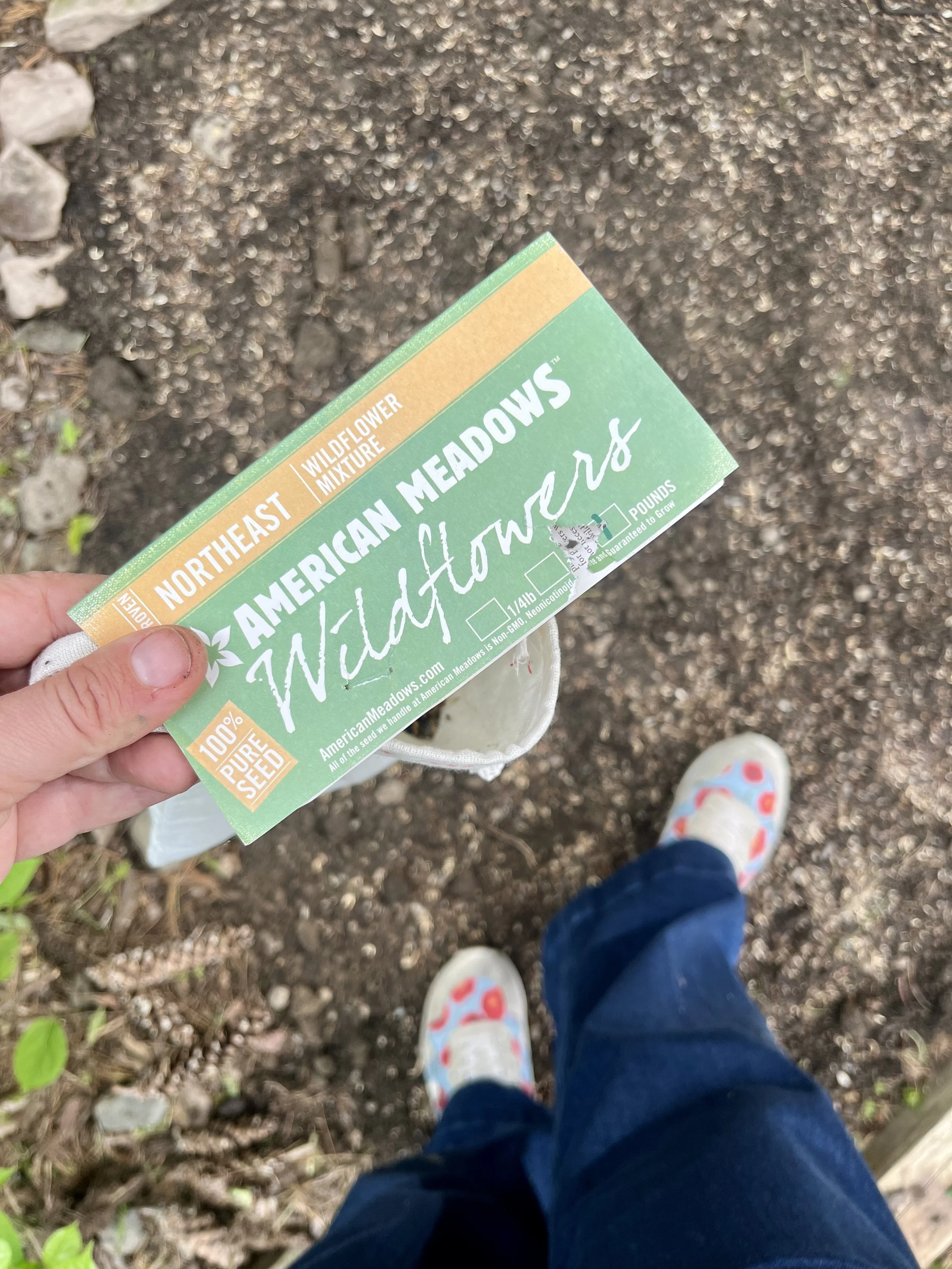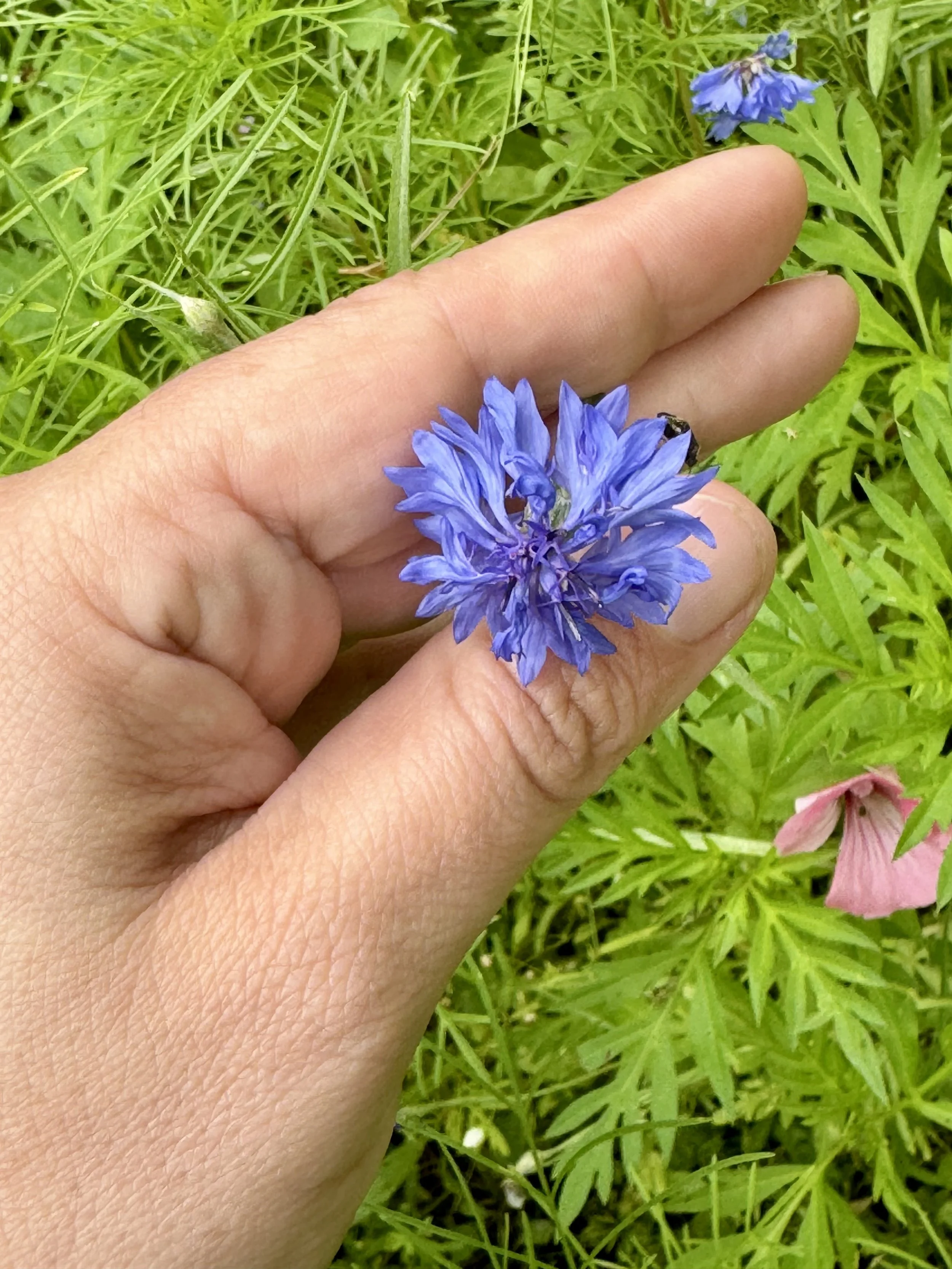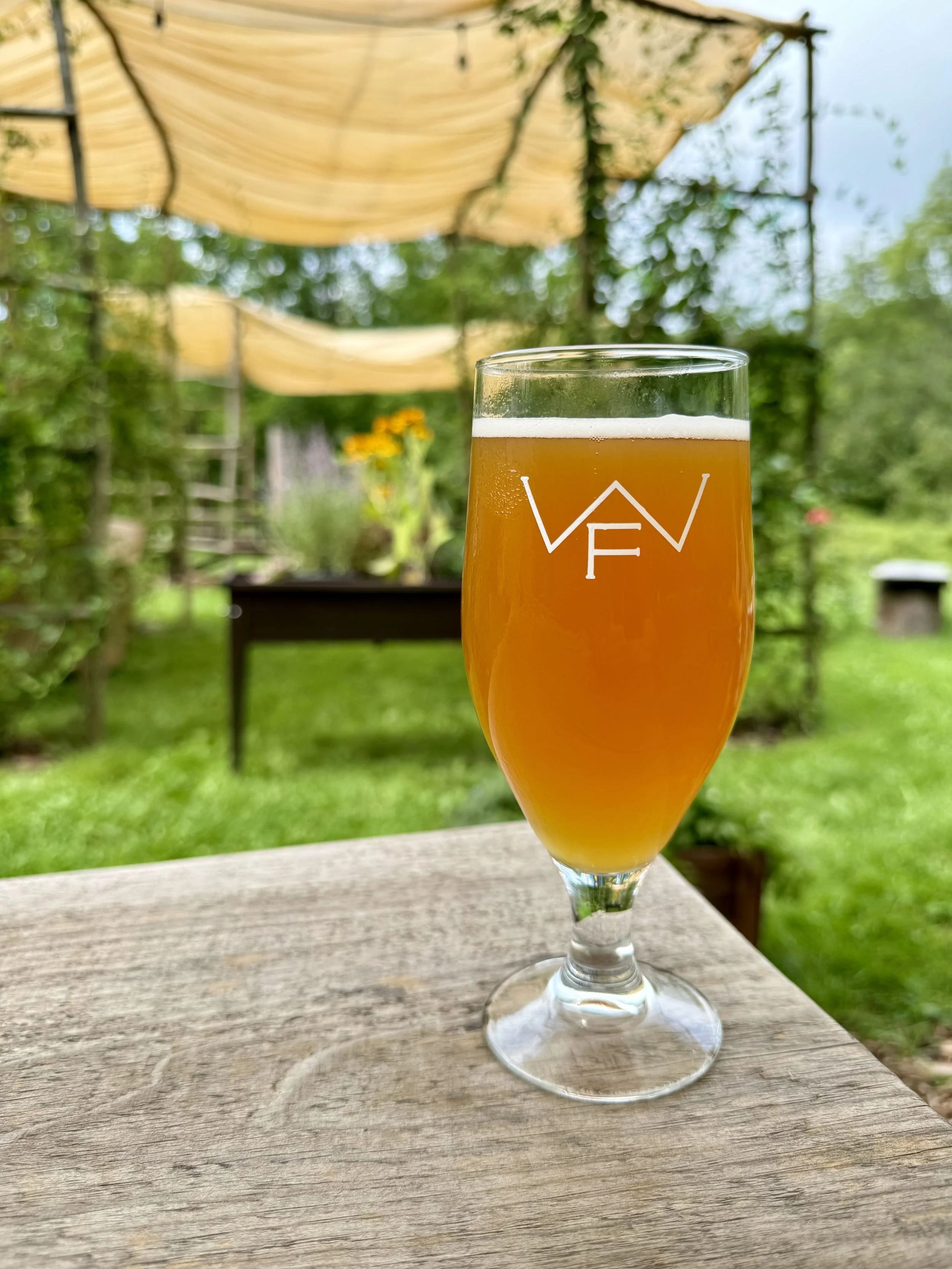How to Plant Wildflowers in the Catskills
Is anything as hopeful as a handful of wildflower seeds? I love the textures, the spikes and curves, the tasseled nubs, and the tiny, shiny black specks that belie the magic they hold.
If you’re looking for an easy project for the spring or fall that combines a little bit of elbow grease, a little bit of science, and a lot of love, this post is for you. I planted my first flower patch in some very poor soil near the side of the road, and I was shocked by the simplicity of the task and the ultra-satisfying results.
Step 1: Time It Right
The first step is to figure out your USDA Plant Hardiness Zone. (For reference, our family’s land in the Catskills is in Zone 5, and our Brooklyn backyard is in Zone 7.) From there, you can figure out your first and last frost dates. For our place upstate, our first frost in the winter was estimated to fall between October 13 and 21, and the last frost for the spring is set to happen between April 7 and 30.
If you’re planting in the spring, you’ll want to wait until after the last frost. In the fall, according to my seed purveyor American Meadows, “Plant wildflower seeds after 2-3 killing frosts, and the ground is below 50°F and has begun to freeze. Seeds will lay dormant for the winter and germinate in spring.” (If you like, you can check your soil temperature via GreenCast.)
The short version: If you’re sowing wildflower seeds in the Catskills, plan on planting in early May or late October/early November.
May 27: Soil cleared and seeds planted, a little behind the recommended schedule!
Step 2: Pick the Perfect Spot
Look for an area with lots of sun. If you’re reading this in the autumn, look right now, before all the leaves fall so you can work around shady trees!
You’ll need at least 6 hours of sun for seed that require full sun. For partial-shade wildflowers, 3 to 4 hours of sun will do the trick. Any spot that is filled with grasses or weeds is probably a good home for wildflowers. Don’t choose a dry, dusty spot where weeds can’t grow — that location probably won’t support flowers, either.
Side note: I do not recommend planting wildflower seeds outdoors in the city, as they are apt to attract rodents in places you have never seen any little rodent faces before.
Step 3: Prep the Soil
It’s very important to prepare your soil by clearing out all the grasses and weeds. The folks at American Meadows (not a sponsor, just a helpful resource!) offer many ways to prep. I chose a very small flowerbed, and just pulled out all the weeds and grasses by hand, using a little garden shovel to dip out deeper roots.
June 23: Wildflowers seeds have sprouted!
Step 3: Sow Your Seeds
If you’re planting a meadow, it’s recommended to mix your seeds with sand before sowing, but for my little plot, I just spread them evenly and pressed them into the soil without covering them, since they need light to germinate.
Step 4: Water Your Garden in the Spring
If you plant in the fall, seeds will go dormant over the winter, but they will need water come spring. Thanks to an irrigation system set up by Greene Bee, who also provided the plants around our little flower bed, the seeds were watered regularly.
Within a month, a green carpet emerged!
August 3: Our first wildflowers!
After three months, we had a feathery patch of greenery and a few flowers!
Pink cosmos grow beautifully in the Catskills.
The pink cosmos are my favorites so far, and I think a field of them would be spectacular. American Meadows has a bunch of wildflower options for the Northeast, and in my opinion, buying seeds or plants for a season to come is one of life’s great delights.
American Wildflowers Northeast mixture was very successful in our little Catskiils flower patch.
Our late-summer trip upstate was cancelled due to a family crisis at home, but I like to think that this little patch burst into even more blooms when I wasn’t there to see it, and I’m excited to see how it fares next spring.
Do you call it a cornflower or a bachelor button?

